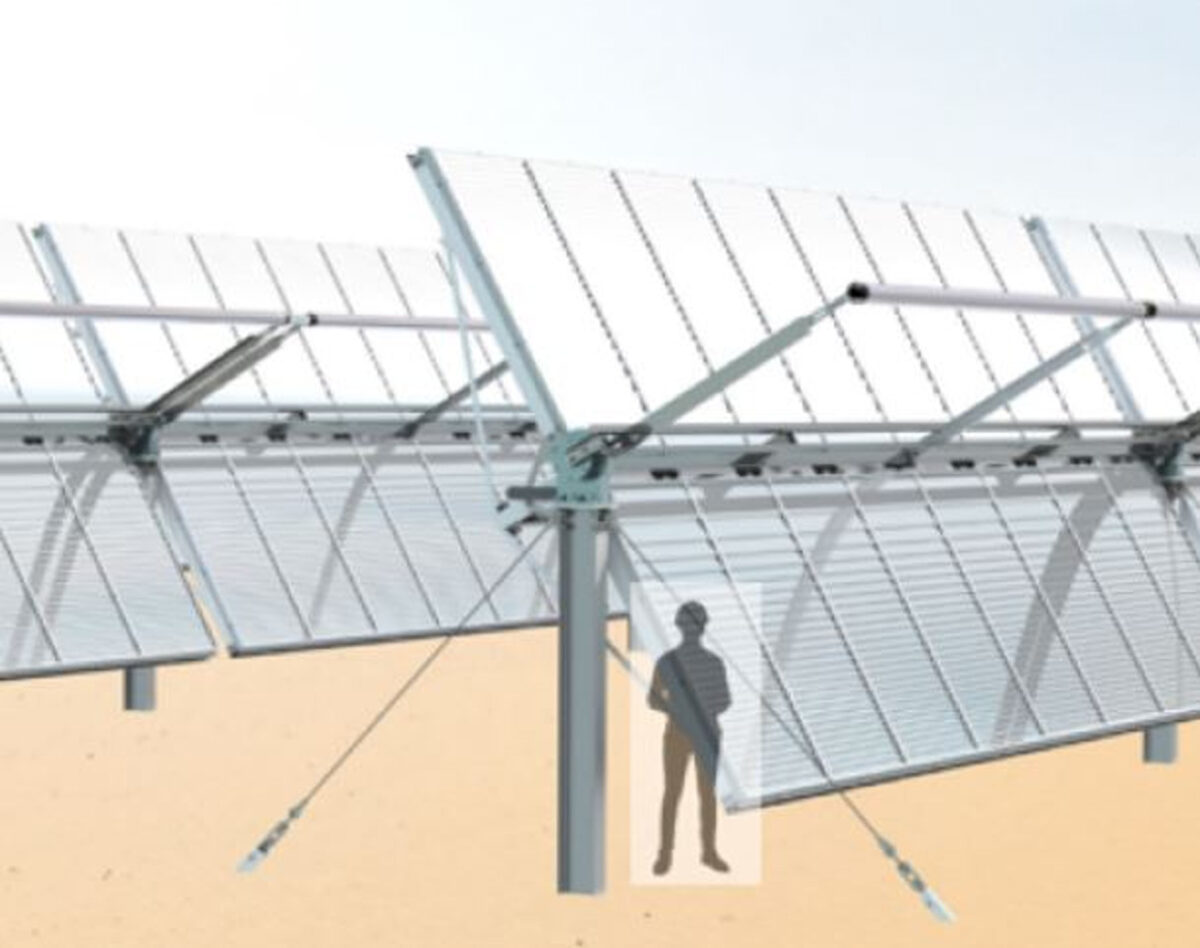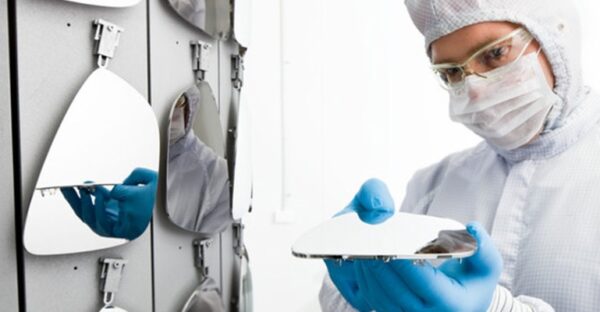
South Australia researchers will team with industry partners to build a concentrated solar thermal plant in New South Wales featuring lightweight plastic mirrors that incorporate an aluminium-silica reflective coating to produce industrial heat or electricity.
The University of South Australia (UniSA) has joined forces with Queensland-based company Impacts Renewable Energy and Charles Sturt University (CSU) to build a concentrated solar thermal (CST) plant using plastic mirrors to focus sunlight on a target to create heat needed for large-scale industrial and agricultural applications.
The demonstration plant will feature Impacts’ patented lightweight plastic mirror panels that incorporate a multilayer aluminum-silica reflective coating developed by UniSA’s Future Industries Institute. The coasting is applied to the panels via a physical vapor deposition to ensure durability and optimal solar reflectivity.
Project lead Marta Llusca Jane said the goal of the demonstration plant, to be built at CSU’s Global Digital Farm at Wagga Wagga in southern New South Wales, is to generate solar thermal energy at temperatures between 100 C and 400 C — ideal for industrial processes that currently rely on fossil fuels.
“Industrial process heat accounts for a staggering 25% of global energy use and 20% of CO2 emissions,” she said. “Unfortunately, most renewable energy technologies, like photovoltaics, fall short of meeting the high-temperature demands of these sectors. Our plastic-based CST technology fills that gap and does so with significant cost and installation advantages.”
UniSA said the technology is 40% cheaper than existing CST designs and up to 70% cheaper than existing non-renewable fuels while the mirrors weigh 50% less than conventional glass heliostats. In addition, Impacts’ plastic mirror panels can be flat-packed, transported, and assembled with ease.
“These mirrors … offer an affordable and easily transportable alternative to traditional glass-based solar thermal systems,” the academics said. “They generate heat that can either be applied directly in industrial processes or to heat water to create steam to power a turbine and produce electricity.”

UniSA Industry Professor Colin Hall, who invented the plastic mirror coating technology that is already being used in the automotive industry, said the time is ripe for such innovation in the large-scale agribusiness and industrial sectors.
“We’re seeing record fossil fuel prices and increasing pressure for industries to decarbonize,” he said. “This CST solution is uniquely suited to Australia’s hot, dry climate and offers a viable pathway to zero-emissions process heat.”
UniSA said the demonstration plant, supported by an AUD 497,250 ($317,000) grant secured through the federal government’s AUD 1.6 billion Australia’s Economic Accelerator (AEA) Ignite program, will allow the project partners to scale the technology for real-world applications.
The first phase of the project will involve the fabrication and installation of two full-scale CST modules, each comprising 16 of the coated panels.
A proposed second stage will see a larger, commercial-scale pilot plant tested with key agribusiness and industrial partners.
Jane said the project is set to transform Australia’s industrial heat sector by reducing its reliance on fossil fuels with the technology already attracting “strong interest” from industry.
“By proving this technology in the field, we are laying the foundation for a cleaner, more resilient energy system across Australia and beyond,” she said.
This content is protected by copyright and may not be reused. If you want to cooperate with us and would like to reuse some of our content, please contact: editors@pv-magazine.com.
Source link


